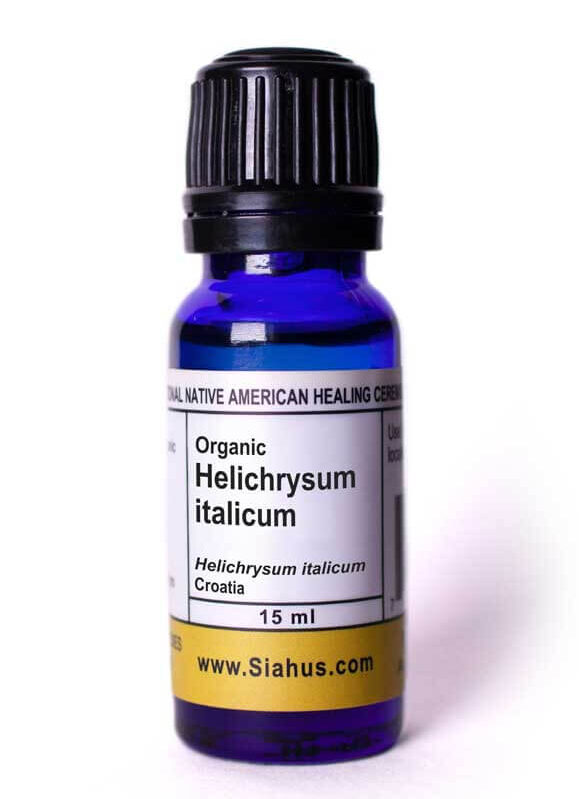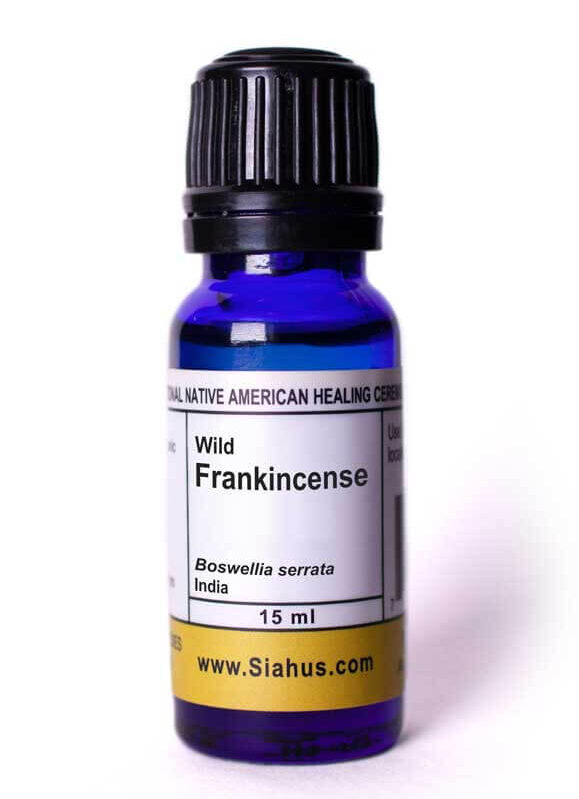Description
CLICK HERE TO PRINT INFORMATION
Man Found Standing Writes:
Balsam of Peru, Wild: Peru (Myroxylon balsamum)
The Balsam of Peru tree is a very invasive species, so it tends to grow aggressively. The resin of the tree has a rich, deep, musky scent with traces of the chemical vanillin so there is as light Vanilla smell to this oil. Some people say they can detect the slight cinnamon smell too. Most often this oil is used in the perfume industry but it also been used as a flavoring in foods, drinks, a chewing gum.
There are two main processes of collecting the resin from the tree. The less intrusive method is incisions are made in the bark of the tree and then the resin is collected in bowls and processed into the usable oil. The second method is quite harsh to the health of the tree because the bark is beaten, scorched, and then after a week the bark is then stripped away. The exposed wood secretes even more resin which is absorbed into strips of cloth. The bark and strips of cloth are then placed in a large boiler where the balsam sinks to the bottom and is then collected.
There are two types of therapeutic Balsam of Peru oil on the market. The first type is the raw blackish oily liquid, commonly called “Crude Balsam of Peru”, which contains small amounts of volatile chemicals. The second type is the vacuum distilled “true essential oil” that contains large amounts of volatile chemicals. The vacuumed distilled essential oil is a lighter amber color and is considered to be not so harsh to the skin. The down side to the second oil is many distillers use solvents in the distilling process, which will leave toxic traces in the oil. Make sure you know the supplier’s extraction process.
Primary Usages: The Native Americans of Central and South American used the oil to stop bleeding, prevent infections, eliminate inflammation, and promote quicker healing due to its properties to assist the growth of new skin cells. It is al soused in many other skin conditions (burns, wounds, frostbite, bedsores, dry, chapped, itchy, bruises, eczema, scabies, ringworm, rash). Also beneficial respiratory complaints (asthma, bronchitis, catarrh, coughs, colds, decongestant, emphysema, tuberculosis, expectorant, lessens mucus secretions) and assist with illness (fevers, colds, flu, infections, diarrhea, sore throat, rheumatism).
Secondary Usages: Has diuretic effects, assists bladder and kidney inflammation, stops bleeding from the uterus and umbilical veins, expel worms (parasites), and for treating itching of hemorrhoids.
Has Been Reported: Traditionally it has been used as an antidepressant and sedative for stress or nervous tension, but it also has been reported to increase blood pressure and stimulate the heart. Used for treating headaches, as a muscle relaxant, and in dentistry for toothaches and dry socket.
Descriptor: Antiseptic, Anti Bacterial, General Tonic, Aids Digestion, Decongestant, Antispasmodic
Application: Inhale, diffuse, apply topically, or ingest.
Caution: Many allergic reactions and skin sensitivity issues. A patch test is highly recommended. Will stain clothing.
Found In: Ginger Spice
Influences: Promotes feelings of safety and peace. Clears and focuses the mind and assists in moving one forward.
Medicine Wheel: Primary Center and Secondary North. Increases the Guardian Qi (Immune System).














Reviews
There are no reviews yet.